The Church Of Saint Nectarios in Aegina is a surprisingly modern building. It was built in the 1970’s, but its history goes further back than that – the ministry dates back from the early 1900’s.
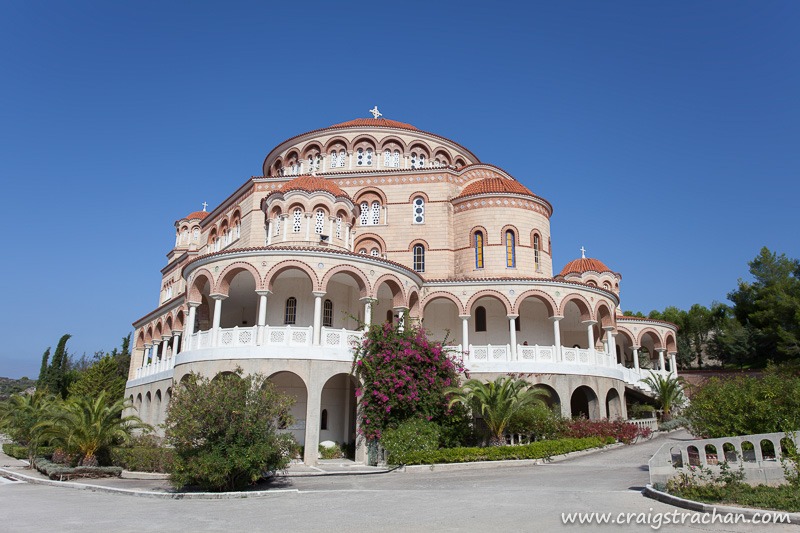
It is a lovely quiet and peaceful place to wonder around, or to sit and contemplate in the shaded walkways. The monastery was built in 1904, you can easily visit the ministry by climbing the stairs at the back of the main building, and that is where you can find the relics of Saint Nectarios. Saint Nectarios is a well-known Greek saint, and when you visit the much smaller ministry it can get a little more crowded with many people visiting the relics.

I love the pastel terracotta colours of the buildings, they feel so much cooler in the hot Greek weather.
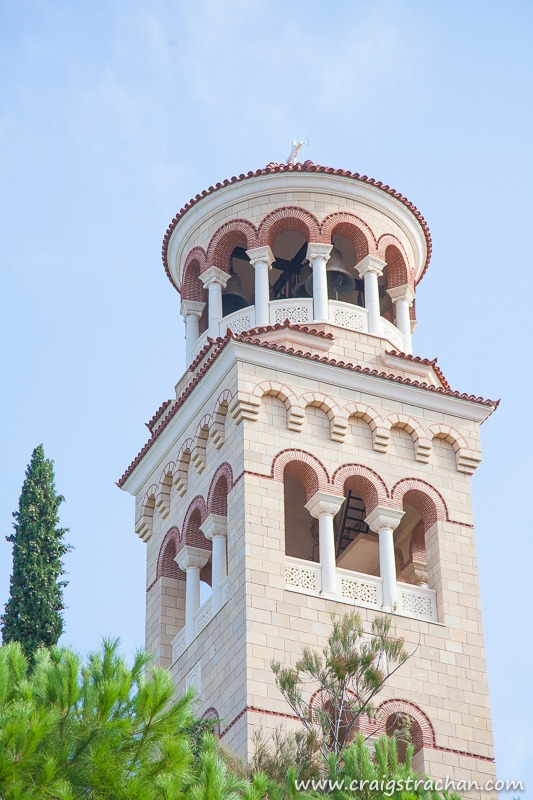


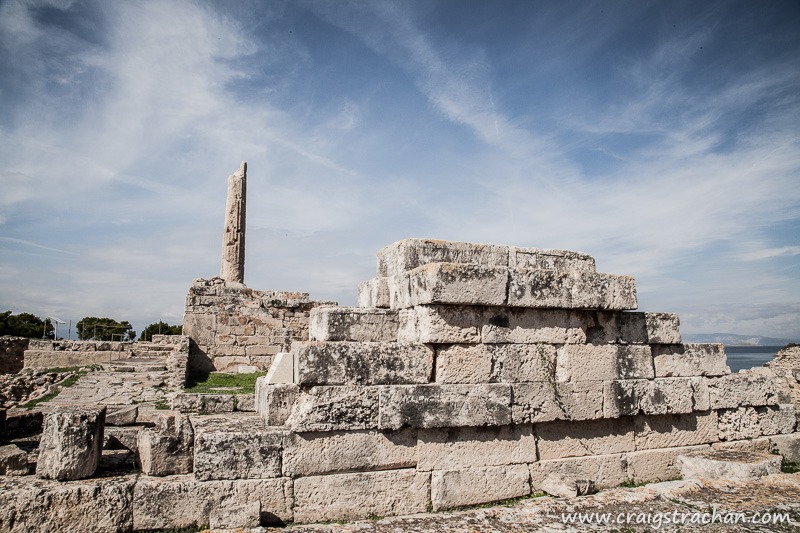
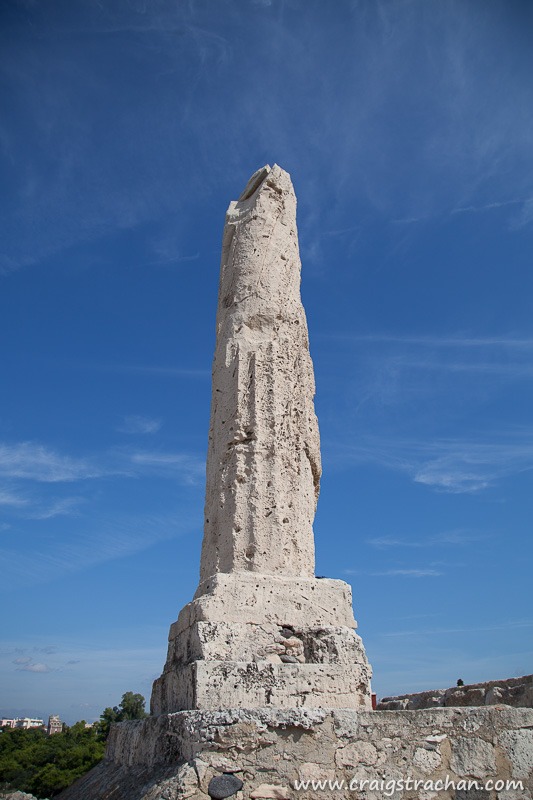



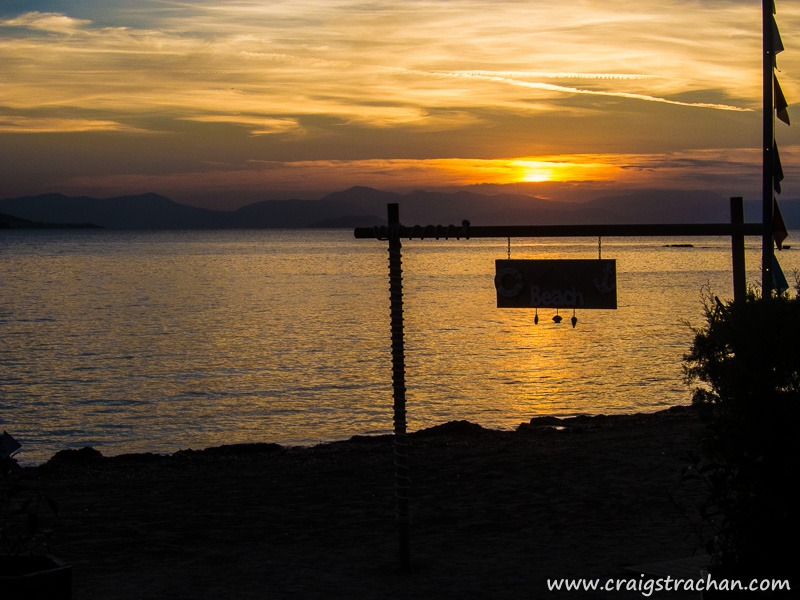

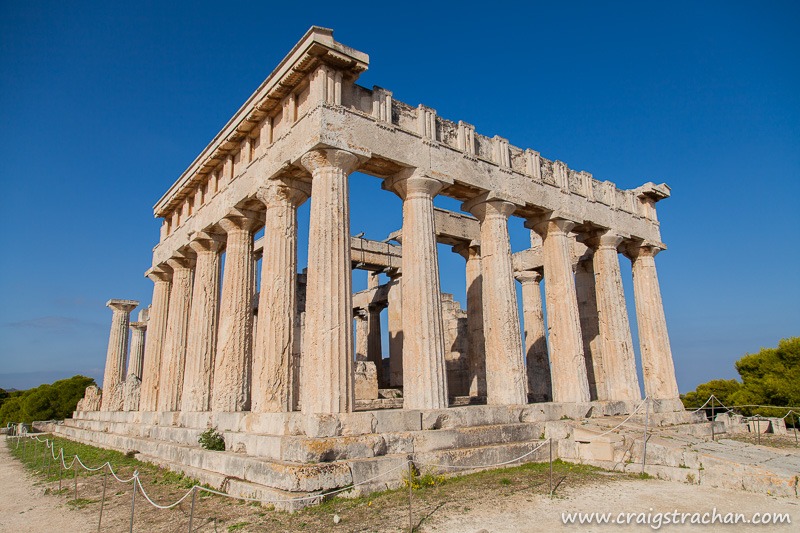 The Temple of Aphaia is in the mountains of Aegina, a small island close to Athens. When we were staying in Vagia, a small village in Aegina I decided to go for a run, and the temple is a perfect turning point for a nice loop. But its a brutal climb up the mountain. When I got to the top I was hot and thirsty, so I went straight to the kiosk to buy a bottle of water. The lady helping me thought I was having a heart attack and wanted to call an ambulance. She just couldn’t understand that I had just ran to the temple.
The Temple of Aphaia is in the mountains of Aegina, a small island close to Athens. When we were staying in Vagia, a small village in Aegina I decided to go for a run, and the temple is a perfect turning point for a nice loop. But its a brutal climb up the mountain. When I got to the top I was hot and thirsty, so I went straight to the kiosk to buy a bottle of water. The lady helping me thought I was having a heart attack and wanted to call an ambulance. She just couldn’t understand that I had just ran to the temple.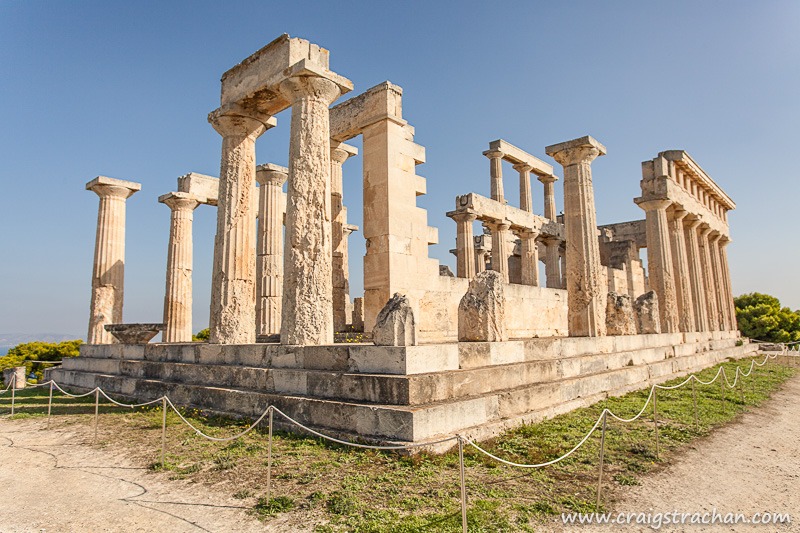
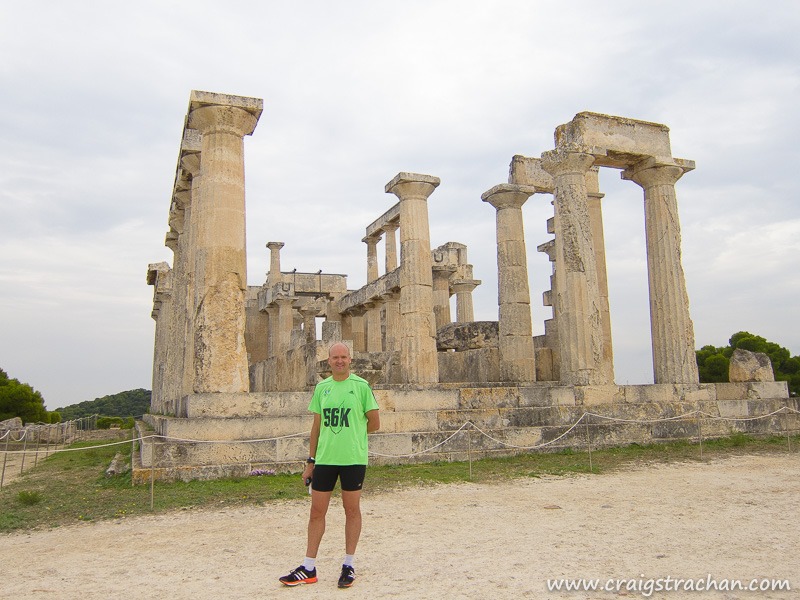
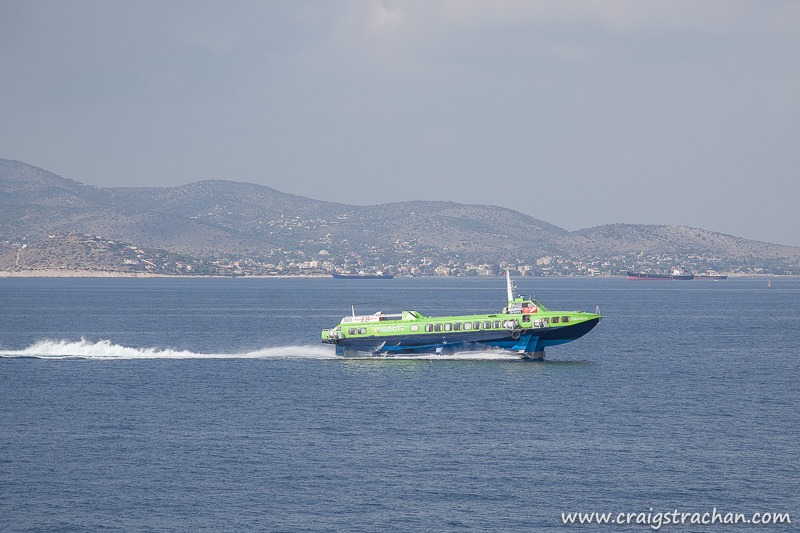
Leave a Comment